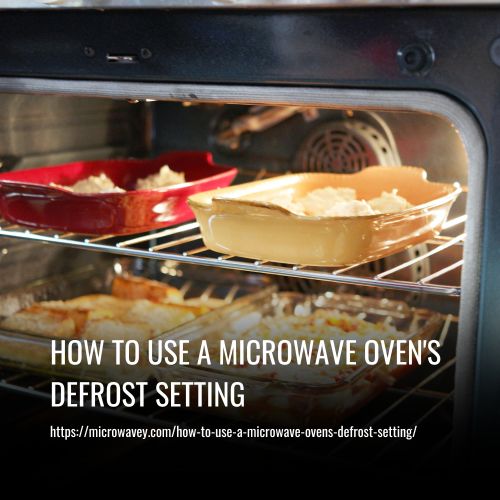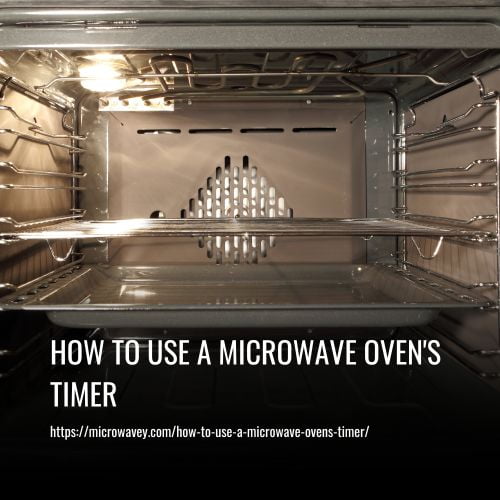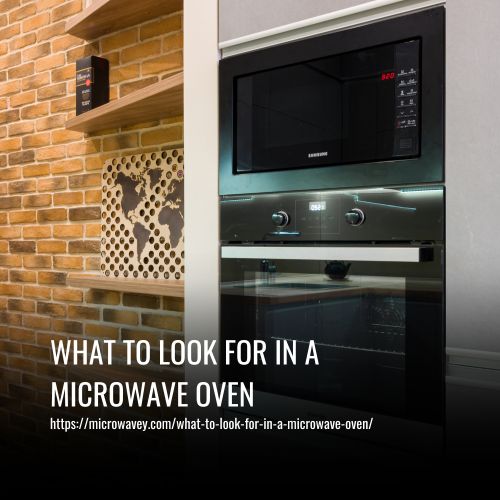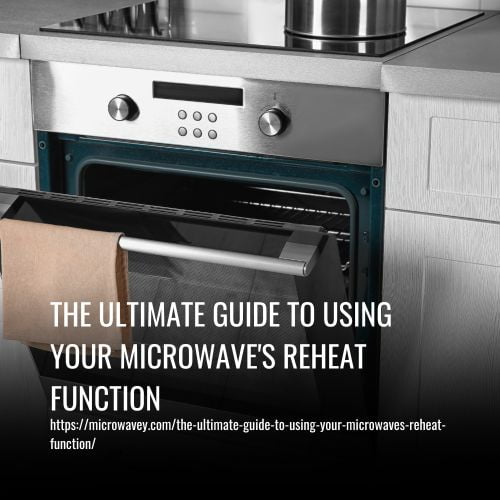How To Use A Microwave Oven’s Defrost Setting
Using the defrost setting on a microwave can be a game-changer in your meal prep routine, ensuring that your food thaws evenly and safely. Whether you’re defrosting meats, vegetables, or even baked goods, knowing the right techniques can make all the difference in the final outcome. By mastering the defrost setting on your microwave, you can save time, preserve the quality of your food, and avoid any potential food safety concerns.

How To Use A Microwave Oven’s Defrost Setting
Defrosting meat in the microwave is a convenient and quick way to prepare your meal. Here are the steps to successfully defrost meat in the microwave:
Step 1: Remove the meat from the freezer and determine the approximate weight of the meat. Refer to the chart provided for defrosting times based on weight.
| Meat defrost times by weight | Approx. 8-10 minutes per pound |
|---|---|
| 1 lb | 8–10 mins |
| 1.5 lb | 12–15 mins |
| 2 lb | 16–20 mins |
| 2.5 lb | 20–25 mins |
| 3 lb | 24–30 mins |
Step 2: Place the meat in a microwave-safe container, such as a glass dish, plastic container, paper plate, or microwave-safe bag.
Step 3: Press the defrost button on your microwave or set it to cook at 20-30% of its full power if there is no defrost button.
Step 4: Set the cooking timer based on the weight of the meat. For most meats, such as chicken, beef, or pork, it’s recommended to defrost for 8-10 minutes per pound.
Step 5: Periodically flip the meat every few minutes to ensure even thawing.
Step 6: Cook the meat immediately after it has finished defrosting. Avoid leaving thawed meat out at room temperature to prevent bacterial growth. Refreeze any unused portion after cooking.
Following these steps will help you safely and efficiently defrost meat in the microwave for a delicious and healthy meal.
What Is The Defrost Setting On A Microwave
The defrost setting on a microwave is a feature that reduces the appliance’s power output to around 20-30% of its maximum capacity. This lower power setting allows the microwave to gently thaw frozen food without cooking it, making the defrost setting ideal for quickly and safely thawing frozen foods. By using the defrost setting, you can efficiently thaw food without the risk of uneven cooking or overheating.
How Does Microwave Defrost Work
Microwave defrost works by reducing the power of the magnetron to between 20 to 30 percent, which cycles on and off to gently thaw the food. This setting is different from regular microwave settings that run at 100 percent power continuously. Some microwaves allow you to input the weight or type of food for accurate defrosting time calculation. It is important to follow the manufacturer’s instructions for safe and effective defrosting.
Is Microwave Defrosting Safe
Microwave defrosting can be safe as long as it is done properly. It is important to follow the recommended defrosting guidelines and ensure that the food is cooked immediately after defrosting to prevent the growth of harmful bacteria. Avoid letting defrosted foods sit at room temperature and always cook them thoroughly to ensure food safety. If done correctly, microwave defrosting can be a convenient and safe way to thaw frozen foods.
FAQs
When it comes to cleaning your microwave, you should aim for doing so at least once a month. This helps ensure that bacteria and other food particles do not stay on the surfaces of the oven, which could lead to potential health risks if not addressed properly. It’s important to use mild soap and warm water when cleaning your appliance in order to avoid any damage that may occur with harsher detergents. Additionally, make sure to thaw items safely by following safety guidelines as improper defrosting can cause harmful bacteria growth. Reheating leftovers is also something you’ll want to be aware of when using a microwave – always reheat them according to the instructions provided or until they are steaming hot!
It’s safe to defrost food more than once, as long as you do it in a way that reduces bacteria. Timing is key when it comes to defrosting; if done incorrectly, the food may become unsafe to eat. I recommend no longer than 2 hours at room temperature for defrosting and then cooking right away. Additionally, make sure not to re-freeze any food thawed by microwave ovens since this could introduce harmful bacteria into your meal. Taking these precautions will ensure your meals are safely cooked while preserving their flavor and quality.
When it comes to defrosting food in a ceramic bowl, you should exercise caution. Ceramics can be delicate and can break if exposed to extreme temperature changes or too much heat. It’s best to avoid reheating foods more than once as well due to safety concerns. Stick with safe reheating times so that the food is warm enough without risking any damage to your ceramic bowl. If possible, use glass bowls instead of ceramic when using a microwave oven’s defrost setting for maximum safety and convenience.
Ah, the age-old debate – which is better for defrosting food: microwave or refrigerator? Well, as an expert in all things microwaves I can confidently say that if you’re looking to get your frozen goodies ready quickly, there’s no beating a good ol’ trusty microwave and its handy-dandy defrost setting. After all, with the power levels of today’s modern microwaves combined with freezing temperatures, you’ll have dinner on the table in record time! So don’t be afraid to give your microwave oven defrost setting a try – it might just surprise you with how efficiently it gets the job done.
Defrosting food in the refrigerator is definitely a better option than using the microwave oven. Of course, once you’ve defrosted your food, it’s important to keep track of how long it has been sitting in the fridge for safety reasons. Generally speaking, if you plan on reheating leftovers that were defrosted from frozen within two days you should be okay. If not, then it would be best to toss out any unused portions and start fresh with new ingredients.
Conclusion
In conclusion, using a microwave oven’s defrost setting is a convenient and quick way to thaw out your frozen foods. By following these simple tips and tricks, you can ensure that your food defrosts evenly and safely. So next time you’re in a rush to prepare a meal, don’t hesitate to make the most of your microwave’s defrost setting!






